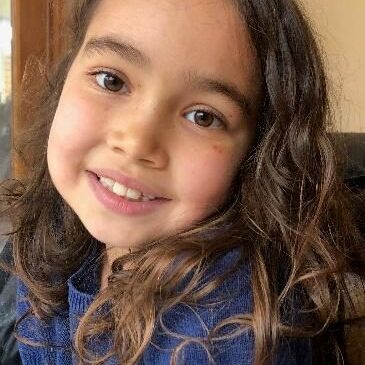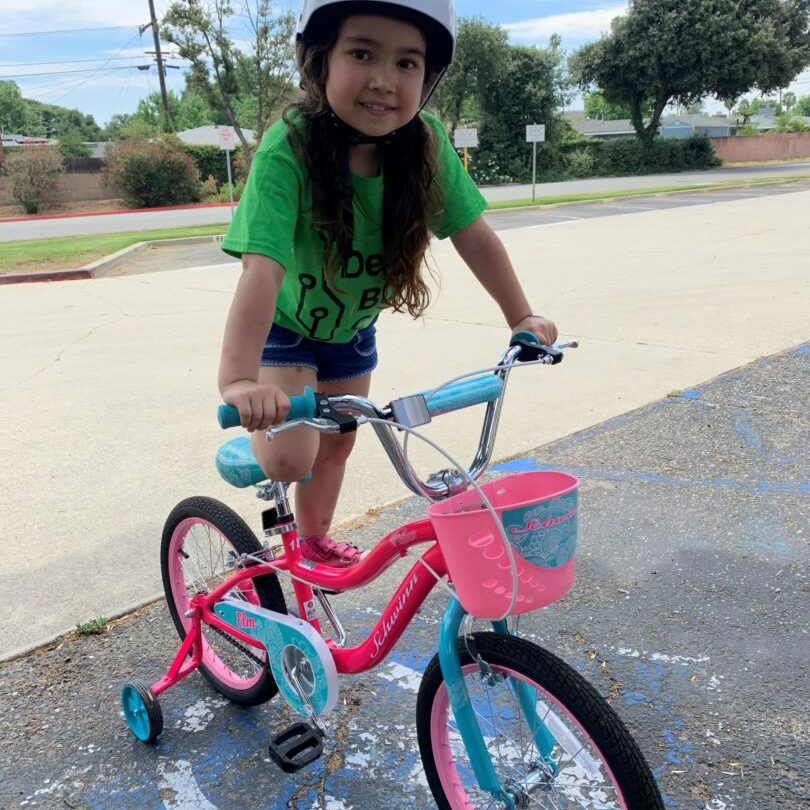Amelie was born on November 13, 2012 at 11:12 in the evening. She weighed just over 7 pounds and was considered a healthy newborn, aside from a couple purplish spots on her chest. She established her personality from the start, betraying the nurses promises that Amelie would sleep soundly through her first night outside her Mom’s belly. Blown blood vessels in her eyes were a common occurrence due to her screams that shook the whole house, but they were nothing that particularly alarmed her pediatrician. This all changed when Amelie was two months old. She was being lovingly held by her Uncle at a birthday party, and was happy as could be in his large arms. However, when we went to change Amelie, we noticed petechia, small purplish dots, running down the backside of both of her legs where she was being held. We rushed her to Urgent Care and the doctor took one look and said quite matter of factly, “That’s not normal.” We were sent down to the ER for further assessment and testing and quickly sent for a lab draw. The phlebotomist wrapped Amelie’s arm in a tourniquet and almost immediately her entire arm started to develop petechia below the pressure of the band. Her blood levels were normal, as was her screening for leukemia. All lab tests that could be run for bleeding disorders were also normal. We were sent home with a million questions, no answers, and a hematologist appointment after the weekend. An early Vitamin K deficiency was quickly disregarded, and her hematologist felt pretty confident Amelie had either a storage pool deficiency or Glanzmann’s Thrombasthenia. We wouldn’t receive her GT diagnosis until she was just over a year old as they refused to draw the amount of blood required to be sent off to Wisconsin for evaluation.
Amelie started cutting teeth at about 2 months old and would wake up quite regularly with blood over her face and bedding. Blown eye vessels were all too common and present in a good amount of her first year photos. She had her first nosebleed following a hospital admission for asthma exacerbation during her first year of life. The oxygen she received likely dried out her nasal passages and we were discharged despite our apprehension with a slow bleed hoping everything would be fine. When we woke up in the morning, there was blood everywhere, and Amelie vomited blood all over the kitchen. It was one of the more scary moments of our lives as we were so unprepared and were quickly admitted back into the hospital. Amelie was taken out of her crib the moment she started moving on her own because she would wake up with bruises all over her head. She spent the better part of two years in a pack-and-play in the middle of her room. She wore a helmet until she started preschool and padded pants when she was really active. Blood-stained sheets were, and continue to be, the norm in our household.
Amelie’s nosebleeds really became an issue at about 3 years old, and she would be admitted for them time and time again. She would receive numerous cauterizations and a couple of hasty platelet transfusions before we found Helen and her group and a whole bevy of treatment options opened up to us. She has had a few scary moments, the most recent occurring in 2019 when we felt pressured into allowing and ER doctor and ENT Resident to perform a nasal packing for a troublesome nosebleed. Amelie choked on blood under sedation and her oxygen levels dropped while we as parents had to watch helplessly from the sidelines. We also discovered this year that Amelie has a tendency to have a reaction to aminocaproic acid that is run through an IV, which has caused her to suddenly drop her blood pressure and pass out.
Over the years, Amelie has become a champ with needle sticks and infusions. She hardly bats an eye when we infuse her with Novo7 at home, and rarely even looks up from whatever she is doing during lab draws in the hospital. The result of a kid who has gone through far more than most children her age, but she continues to tackle life with a smile on her face. She is heavily involved in the bleeding disorder community in southern California, and looking forward to attending her first summer camp so she can earn her “Big Stick” award for self-infusing her medication.
Today, Amelie continues to be her loud and rambunctious self. She has never participated on a team in an organized contact sport, but she loves swimming, dancing, singing and climbing trees in the backyard. Drive by our house and you may catch Amelie speeding down the street on her scooter with her helmet and pads struggling to keep up. She was admitted to the hospital well over five times in the last year, primarily for nosebleeds, but also for a throat bleed as well. There was even a stay in neurology wing of the hospital for some concerning dizziness and exam abnormalities that are likely a result of the mental effects of chronic illness and frequent hospitalizations on our daughter. Nevertheless, Amelie pushes on, never failing to surprise and always put us on edge.

